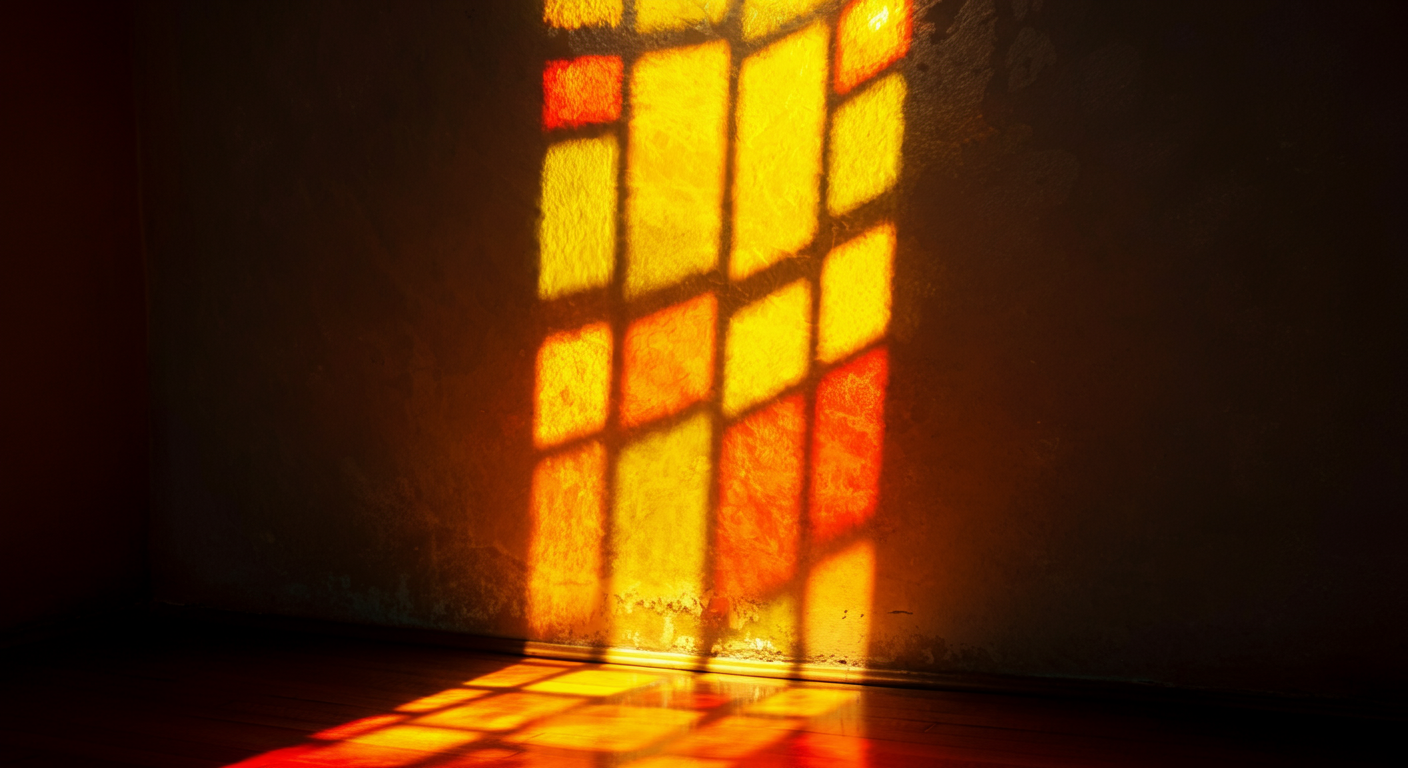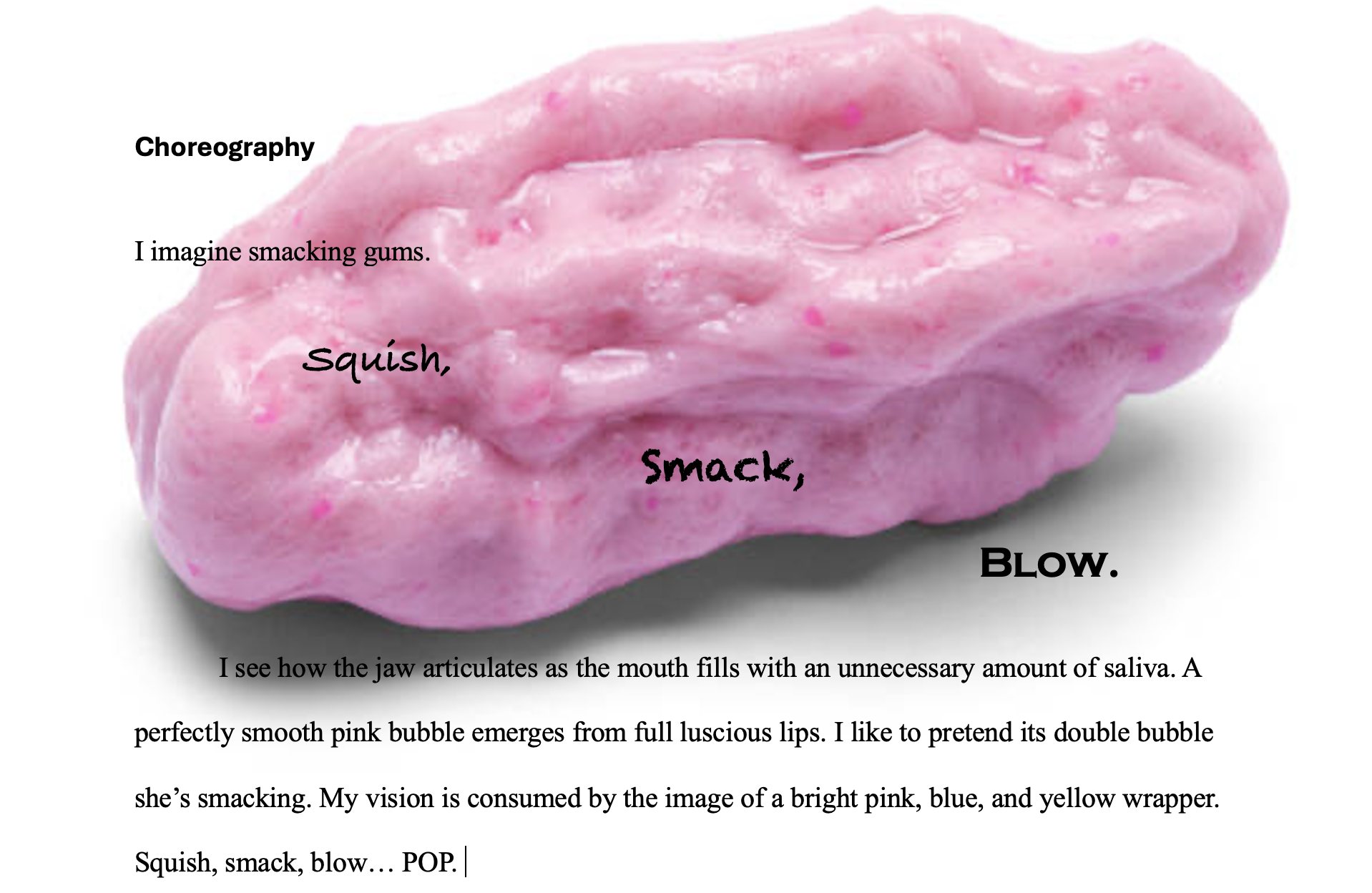
Creative Research
capstone project
My creative process began by reflecting on the images I grew up with in fundamentalist evangelical purity culture. Images like a chewed-up piece of gum, a crumpled piece of paper, or a bag full of rocks—each stone representing something of me that I had given away, leaving me feeling empty and devalued. These cultural metaphors became ingrained in my bodily archive, and I began to explore the sensory experiences tied to them.
How did these images feel in my body? What sensations, emotions, and memories did they evoke? This exploration became the foundation of my work, allowing me to dive into the tension between religious teachings about body control and my desire for freedom and expression. Through this process, I reflect on how these teachings shaped my relationship with my body and how movement can serve as a means of reclaiming autonomy.
My creative process is structured by the intersection of my written research, embodied practice, and ethnography. I integrate academic inquiry with physical exploration, using dance to embody and express the concepts I am researching.
My creative process is structured by the intersection of my written research, embodied practice, and ethnography. I integrate academic inquiry with physical exploration, using dance to embody and express the concepts I am researching.
Written Research
The Creative Articulation Process (CAP) has shaped how I think about writing, not just as a tool for explanation, but as a form of choreography. This shift has expanded my understanding of embodied choreography into the realm of written movement: choreographic writing. As I develop my capstone research, I find myself drawn to language that moves through poetry, visual imagery, and sources that speak viscerally to the body. Writing has become another way for me to process and express the themes I explore in the studio: agency, gender, and the residue of religious discipline. Below, you can engage with my writing process by reading excerpts of my paper and poems.




